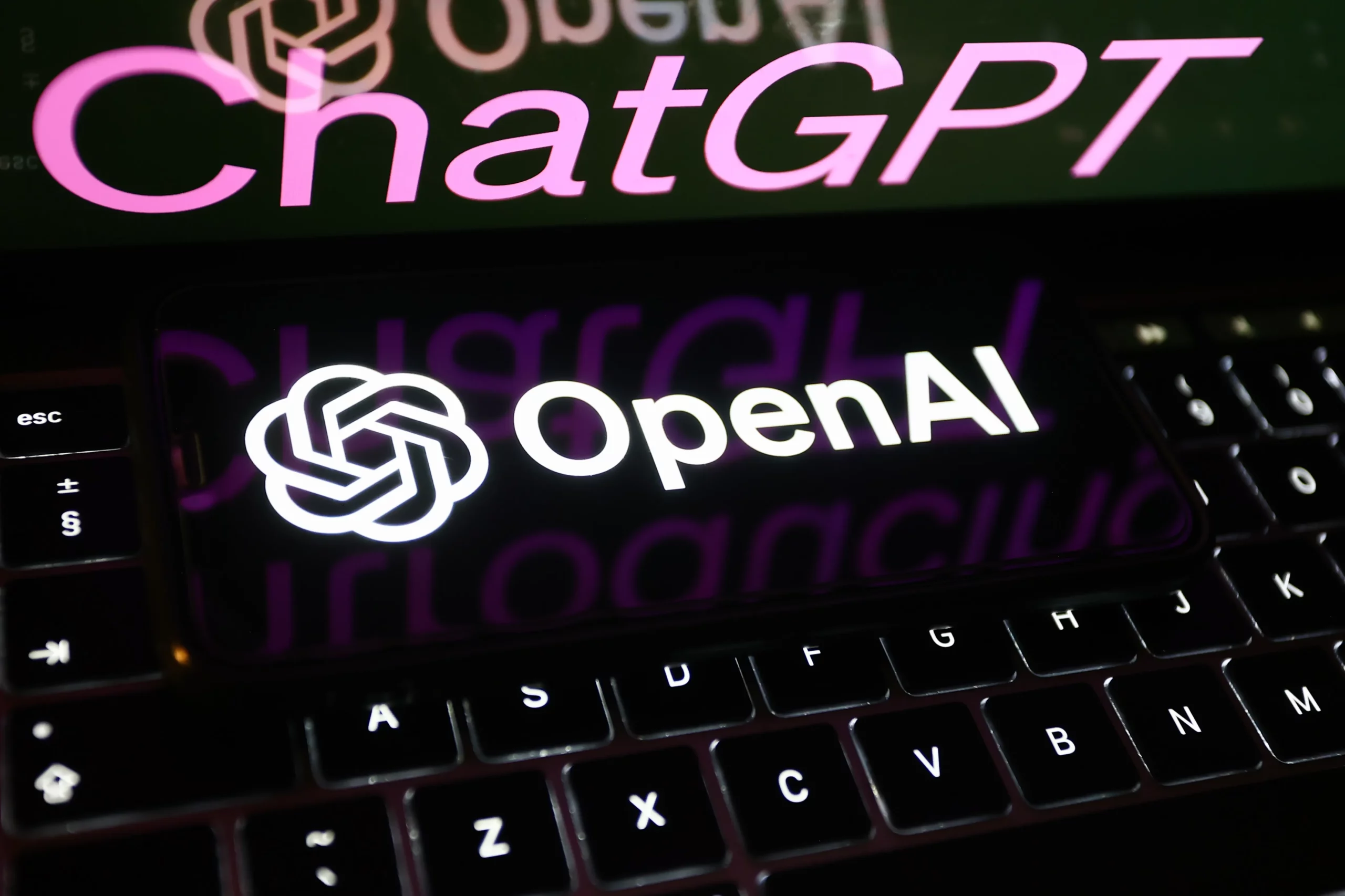Business
ChatGPT
OpenAI
OpenAI: Reshaping the Generative AI (GenAI) landscape
|
Nov 09, 2023

The year 2023 is very vivid regarding breakthroughs in the LLMs domain. A lot of new models and tools have been developed in previous months. All of these innovations are becoming part of our everyday lives, so we are witnessing a new industrial revolution in front of our eyes. Since everything is rapidly changing this is a good point for a reflection of one of the most important events in the world this year.
On Monday (November 6, 2023) OpenAI’s first developer conference was held in San Francisco. This conference will be remembered since it is going to reshape the Generative AI (GenAI) landscape forever. A lot of astonishing announcements have been made so here is a summary of the most important revelations:
- GPT-4 Turbo release. GPT-4 Turbo represents the most advanced OpenAI model. For GPT-4 Turbo knowledge refreshment was done, so the model possesses knowledge of world events up to April 2023. Compared to GPT-4 (the cutoff date for GPT-4 is September 2021) GPT-4 Turbo is contextually updated. This model offers a staggering 128k context window (context expansion) providing users with much longer interaction in a single prompt (around 300 pages of text per single prompt). GPT-4 Turbo is 3x cheaper (input tokens) and 2x cheaper (output tokens) compared to the previous GPT-4 pricing. The ability to call multiple functions in a single message was introduced with this release. Calling multiple functions from a single prompt causes less unnecessary traffic. The instruction following and output formatting capabilities (JSON, XML, and YAML formats) are also improved. The stochastic nature of the model is tamed with reproducible outputs and log probabilities, making this model more deterministic.
- GPT-3.5 Turbo update. New updates brought longer context at lower prices. Increasing the number of tokens in context provides larger user inputs into the model. Additional improvements of updated GPT-3.5 Turbo: better formatting capabilities and parallel function calling. Also, reproducible outputs are introduced which help application debugging and hallucination decrease.
- Price reduction across many parts of the platform. Lower prices lead to better cost optimization and much wider utilization. A couple of models were affected by these changes: GPT-4 Turbo, GPT-3.5 Turbo, and GPT-3.5 Turbo fine-tuning. Cost saving was done on the input and output tokens of the model.
- Higher rate limits for paying GPT-4 customers. OpenAI’s rate limits are measured in four ways: RPM (requests per minute), RPD (requests per day), TPM (tokens per minute), and IPM (images per minute). Increasing TPM will loosen up the API rate limit and provide much better application scalability.
- Model customization comes in two flavors: GPT-4 fine-tuning and the Custom Models program. Despite the general-purpose OpenAI models, the necessity for customized models is greater than ever. Data-centric customization approach allows us to tailor OpenAI’s models for the specific domain.
- Multimodal capabilities. Combining multimedia (images, text, speech) thanks to new modalities in the API. GPT-4 with Vision (GPT-4V) or gpt-4-vision-preview in the API, allows the model to take in images and answer questions about them. Due to its multimodal nature, GPT-4V is now capable of receiving images as inputs beside text. DALL·E 3 can be used for image generation through the image generation API (dall-e-3 model). Text-to-speech (TTS) API is also exposed providing users new capabilities for synthesizing speech over text.
These advancements are only the beginning of the new AI revolution and there is still a lot to come in the following years. New business perspectives for GenAI applications are opened and we are looking forward to new opportunities.
For more details about OpenAI’s DevDay, you can visit https://openai.com/blog/new-models-and-developer-products-announced-at-devday





